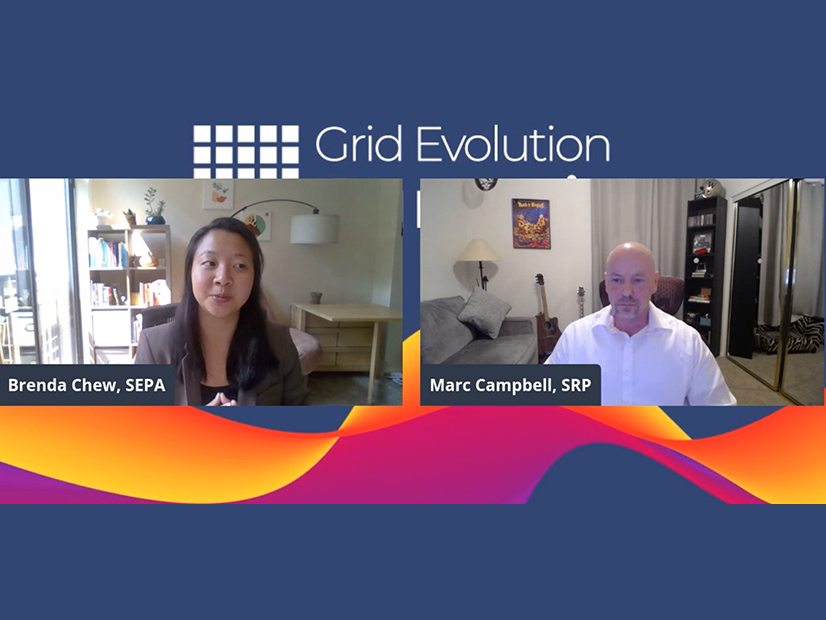When the Salt River Project, one of Arizona’s largest utilities, sought to identify stakeholders with solid commitments to transportation electrification, it wanted to reach as many different constituencies as possible. Cities and towns in the Phoenix area with detailed climate action plans supporting the proliferation of electric vehicles were low-hanging fruit.
Enter the American Lung Association, not a top-of-mind player in the decarbonization of the transportation sector, but Marc Campbell quickly linked to the valid reason otherwise.
“When it comes to electric vehicles, stop and think about air quality and the impacts on people that have lung disease, and [the American Lung Association is] a pretty vocal stakeholder in that arena,” said Campbell, manager of sustainability policy and programs for SRP. “They can reach legislators and other organizations in a different way than a utility does.”
Speaking on Tuesday at the Smart Electric Power Alliance’s virtual Grid Evolution Summit during a session on stakeholder engagement as part of accelerating carbon reduction, Campbell said that when SRP made changes to its 2035 Sustainability Goals, there was a five-month process with more than 60 community stakeholders and customers to gain recommendations and support for the revisions.
As part of SRP’s strategy to get 500,000 EVs in its service territory, Campbell wanted to identify 10 strategic stakeholders that had a strong commitment to transportation electrification and the ability to influence others and take tangible action to reach goals. For example, the American Lung Association said in a report that the widespread adoption of zero-emission transportation technologies like EVs could produce wide-ranging health and climate benefits.
The hope was to create a “positive process with a lot of momentum,” and Campbell said the 10 “founding partners” got other groups excited about the EV initiative. That also created an organic word of mouth, Campbell added.
“The way that we have built this has been extremely collaborative,” Campbell said. “We did not come into it with any sort of SRP-specific agenda.”
The stakeholder process can be a “black hole,” according to Campbell, who said that it was important that SRP’s “gravitational pull” not be felt too strongly in this instance.
“We didn’t want this to be about SRP. We wanted this to be about transportation electrification,” Campbell said. “As we started to design the foundations, we were really careful to make sure that our partners had a strong voice in determining what the vision and mission of this group were going to look like, and that’s what gets people excited, because they can start to see themselves as a part of the process.”
In electrifying the transportation sector, Campbell said it is not a space in which utilities typically operate. That requires “a lot of community partners” for SRP to reach its EV goal.
As part of SRP’s more extensive sustainability stakeholder process, which will tackle goals like reducing carbon per megawatt-hour by 65% from 2005 levels by 2035 and by 90% by 2050, “the ingredients are still largely the same.”
“It’s about open dialogue, transparency and creating common visions of where you can go,” Campbell said. “The primary difference here is that there are some stakeholders that might want you to get to a place — particularly the carbon emissions reduction from our from generating facilities — that you can’t quite get to yet, and that is a very tough conversation when you start to talk about the limits of your system.”



